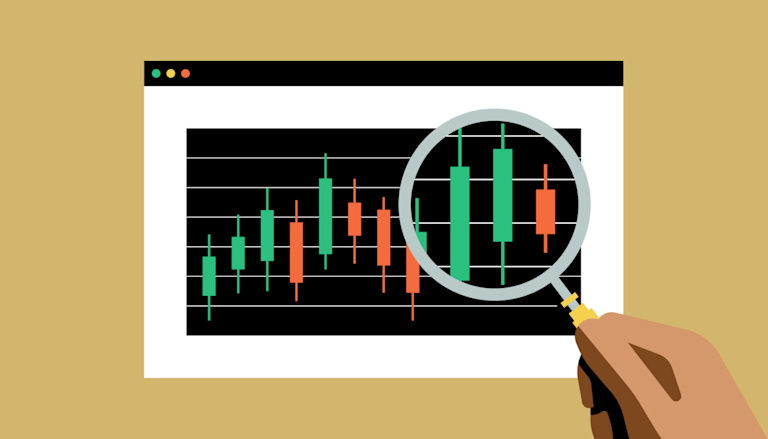
Understanding Crypto Trading Liquidity Data
In the ever-evolving landscape of the cryptocurrency market, Crypto Trading Liquidity Data click here liquidity plays a pivotal role. It serves as a linchpin for traders and investors navigating the complexities of digital finance. This article delves into the integral aspects of crypto trading liquidity data, its significance, and how it influences trading strategies and market dynamics.
What is Liquidity in Crypto Trading?
Liquidity, in the context of financial markets, refers to the ease with which an asset can be bought or sold without causing drastic price movements. In crypto trading, liquidity indicates the availability of cryptocurrency assets within the markets and the ability to convert them into fiat currency or other digital assets. High liquidity signifies a healthy market where large transactions can occur with minimal impact on price, whereas low liquidity can lead to increased volatility and slippage.
The Importance of Liquidity Data
Liquidity data is crucial for understanding market conditions and making informed trading decisions. Here are several key reasons why liquidity data holds immense significance in crypto trading:

- Price Stability: High liquidity generally leads to more stable prices and less volatility. Traders prefer high-liquidity environments as they can enter and exit positions without significantly affecting the market price.
- Slippage Reduction: Slippage occurs when trades are executed at a different price than expected, commonly happening in markets with low liquidity. Tracking liquidity data helps traders anticipate slippage risks.
- Market Sentiment Analysis: Liquidity data can provide insights into market sentiment. An increase in liquidity might indicate growing interest in a particular asset, while diminishing liquidity could signal waning interest or potential sell-offs.
Types of Liquidity in Crypto Markets
Liquidity can be analyzed through different lenses in crypto markets. The major types include:
- Order Book Liquidity: This type of liquidity is determined by the buy and sell orders present in a market’s order book. A thick order book with numerous buy and sell orders reflects high liquidity.
- Exchange Liquidity: Different exchanges have varying liquidity levels. Some may have high trading volume, while others may have limited trading pairs, influencing overall liquidity.
- Market Maker Liquidity: Market makers play a crucial role in ensuring liquidity by consistently offering buy and sell orders. They profit from the bid-ask spread and are fundamental in facilitating trades.
How to Analyze Liquidity Data
Analyzing liquidity data is essential for traders looking to optimize their strategies. Here are several methods for assessing liquidity:
- Volume Analysis: Examining the trading volume of a cryptocurrency over specific periods helps identify trends in liquidity. Increased volume often correlates with greater market interest and higher liquidity.
- Bid-Ask Spread: A tight bid-ask spread typically indicates high liquidity. Traders should monitor this spread, as wider spreads suggest less liquidity and may lead to higher costs in executing trades.
- Order Book Depth: Analyzing the depth of the order book—how many orders exist at various price levels—provides insight into market liquidity. A deeper order book suggests a higher level of liquidity.

Liquidity Challenges in Crypto Trading
Despite the potential benefits, liquidity in crypto markets faces several challenges:
- Market Manipulation: Low liquidity markets are susceptible to price manipulation, where a small number of traders can significantly impact prices. This illustrates the need for proper liquidity metrics and monitoring.
- Exchange Risks: Not all exchanges offer the same level of liquidity. Traders need to choose their platforms wisely, considering factors like trading volume, withdrawal limits, and reliability.
- Volatility: Crypto markets are inherently volatile, and sudden price swings can be exacerbated by low liquidity. Understanding liquidity conditions helps traders prepare for unexpected market moves.
Strategies for Enhancing Trading Liquidity
To mitigate the challenges associated with liquidity and to enhance trading strategies, traders can consider the following approaches:
- Diversification: Spreading investments across multiple assets can reduce exposure to poor liquidity in any one market.
- Trading During Peak Hours: Liquidity tends to increase during certain times of the day, often aligning with trading hours of major financial markets worldwide.
- Using Limit Orders: Placing limit orders rather than market orders can help traders manage slippage and execute trades at preferred prices.
Conclusion
In summary, crypto trading liquidity data is a crucial component for traders and investors aiming to understand market dynamics. While high liquidity offers stability and reduced trading costs, low liquidity can present significant challenges, especially for larger trades. By analyzing liquidity data effectively and adopting strategic measures, traders can navigate the complexities of the cryptocurrency market more successfully. As the crypto landscape continues to evolve, staying informed about liquidity conditions will remain vital for both short-term traders and long-term investors.
